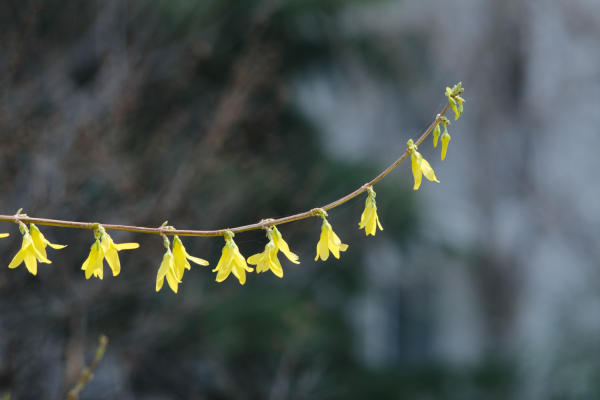1. Pruning during the growth period: Pruning the damaged and diseased branches during the growth period, and leaving the healthy branches, so as to save nutrients and promote more vigorous growth.When sprouting in spring, we should also prune the dense buds, and cut off the tiller buds that affect the tree vigor.In addition, after flowering, the branches should be cut short to promote the germination of new branches, so that the tree shape is more plump.

2. Dormant pruning: Dormant pruning must be carried out at this time after the leaves fall in autumn and winter.Cut off the dead, the dead, the wild, the thin branches and the strong branches.The part with new buds can be left, usually three or five buds are left on each branch.In addition, if the plant has been maintained for many years, it should be pruned back.

In order to improve the fruit setting rate of Forsythia suspensa, two aspects should be paid attention to.One is to promote cross-pollination.If self-pollination, the fruit rate is usually only 4%, cross-pollination fruit rate will be higher.When planting, it is recommended to space long and short style plants apart to promote cross-pollination.The second is to prune in time, especially to cut off some leggy branches and weak branches in time, reduce nutrient consumption, and make nutrients more concentrated, which can also improve its fruit setting rate.
